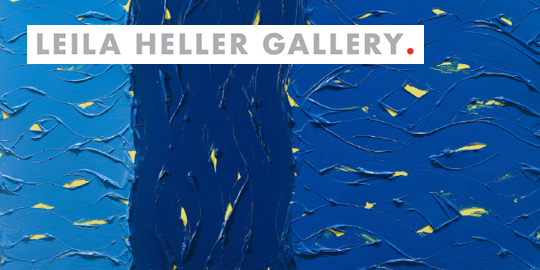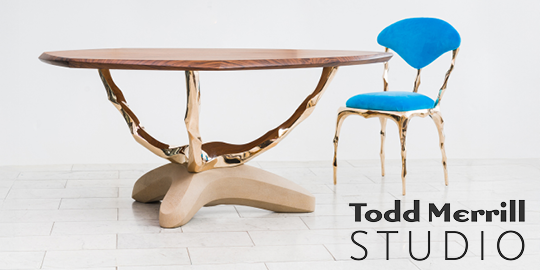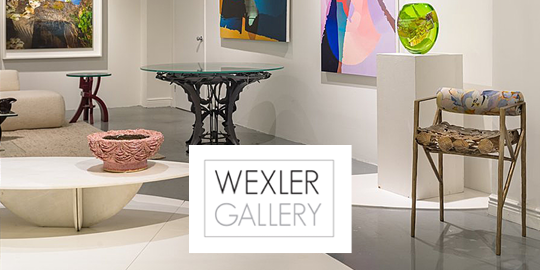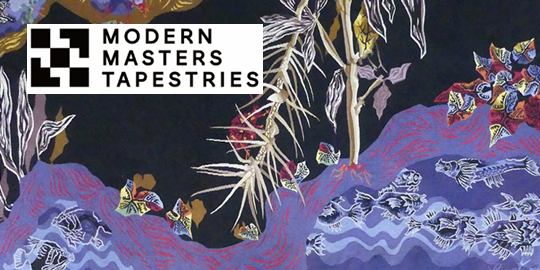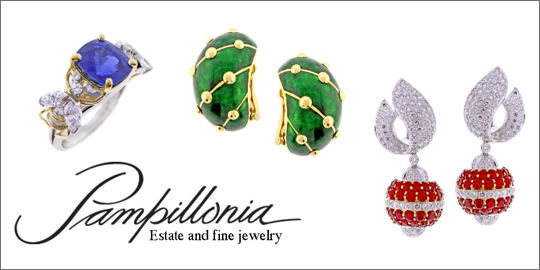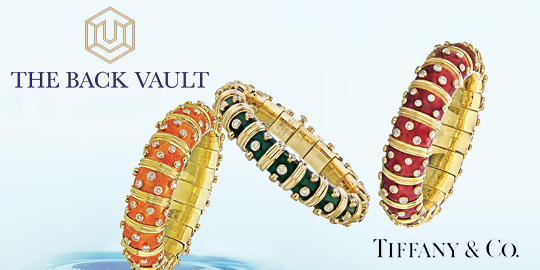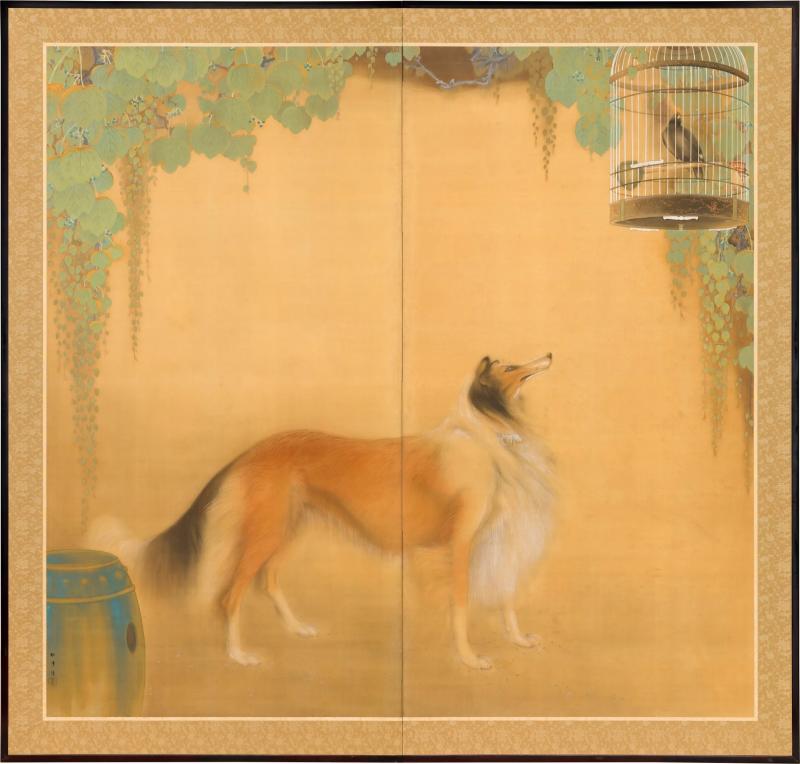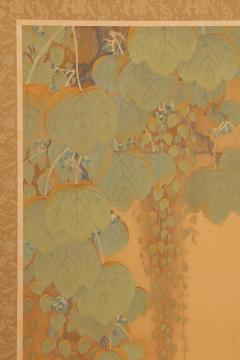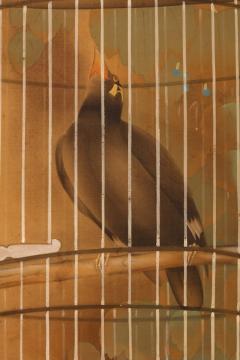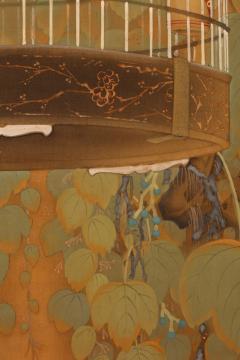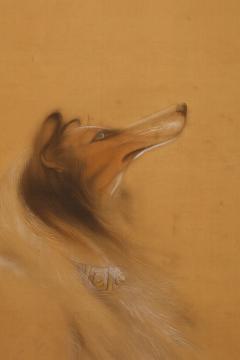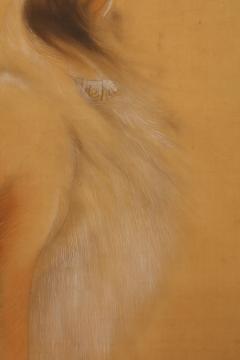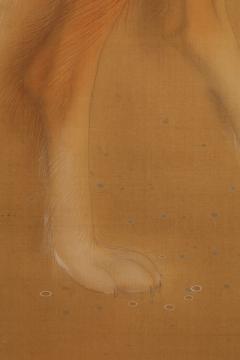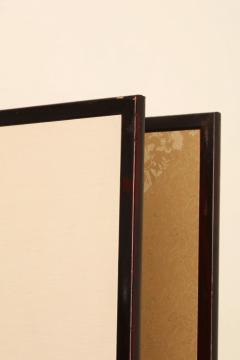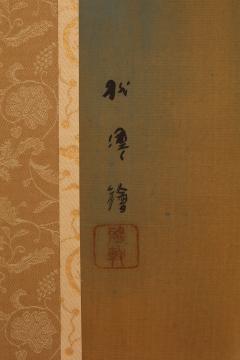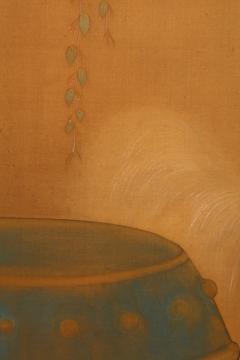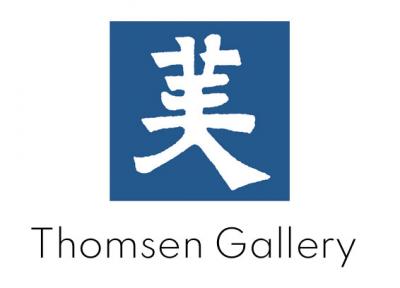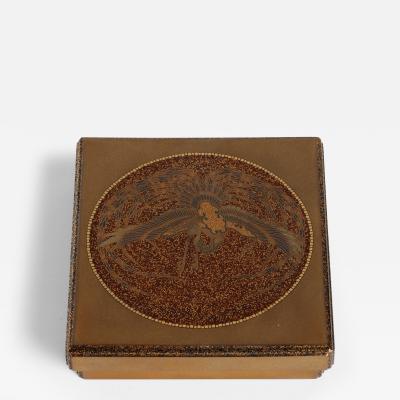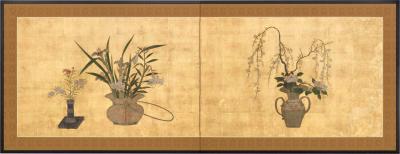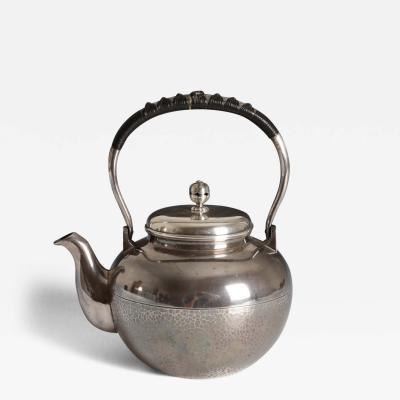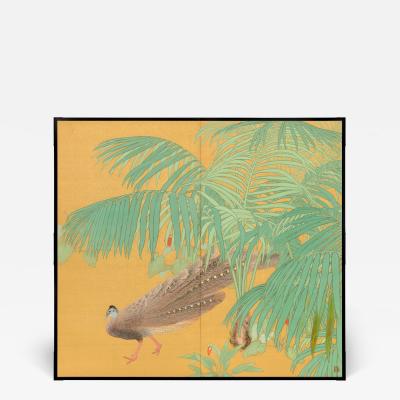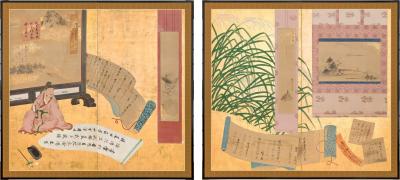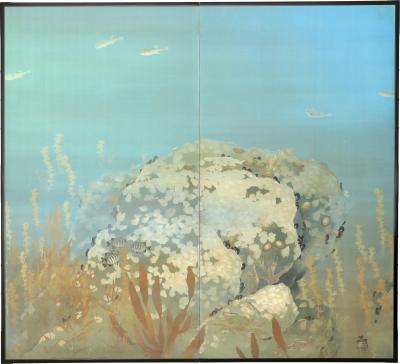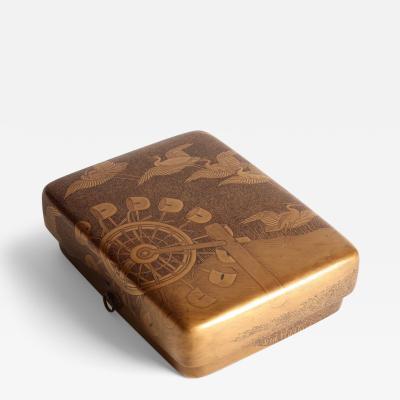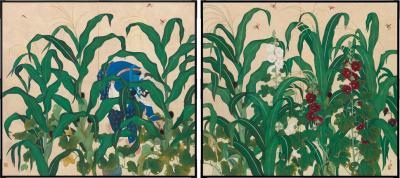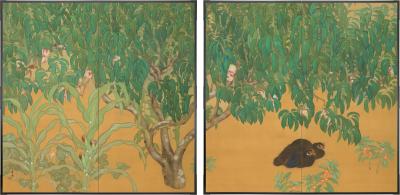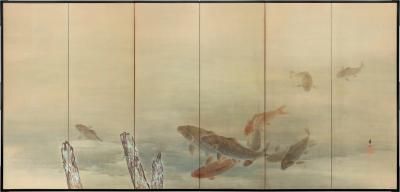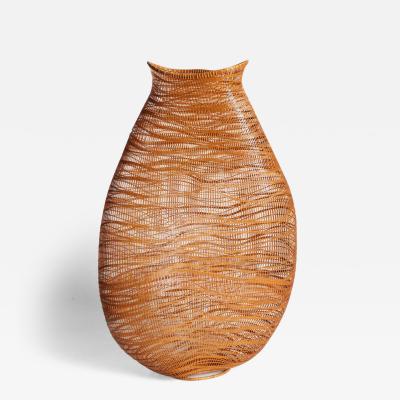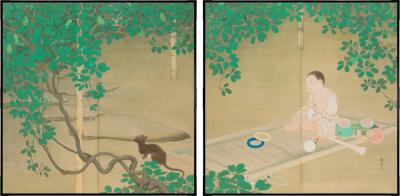Collie and Myna Bird (In a Peaceful Garden, The First Signs of Autumn), 1926
-
Description
Kahata Tosen
Collie and Myna Bird (In a Peaceful Garden, The First Signs of Autumn), 1926
Two-panel folding screen; ink, mineral colors and shell powder on silk
Size 77 x 81¼ in. (195.5 x 206.5 cm)
T-4757
Signed at lower left
Exhibited: Seventh Teiten Exhibition, Tokyo, 1926
Published: Nittenshi Hensan Iinkai (Nittenshi Editorial Committee), Nittenshi 7 (History of the National Salon 7), Teiten hen 2 (The Teiten Exhibition 2), Tokyo, Nitten, 1982, pp. 343, 365 (no. 59).
Perhaps taking inspiration from his contemporary Ikeda Eikō (1901–1992), who was already starting to build a reputation for paintings of pet dogs, Kohata Tōsen chose an exotic imported collie—a breed of Scottish origin first introduced into Japan in 1900—as the principal subject of this intriguing composition, set in a secluded garden in Kyoto at the very end of summer. The collie, its hard-to-manage coat perfectly groomed, looks up at a myna (in Japanese, kyūkanchō, Gracula religiosa), a wild bird native to south and southeast Asia that became popular as a caged pet in Japan and other countries during the early decades of the twentieth century.
Seemingly oblivious of the dog, the bird looks upwards; the wooden components of its elegant cage, fitted with fine ceramic containers for its food and drink, are beautifully lacquered and inlaid or carved with birds, blossoming plum branches, and other flowers. The cage is balanced at bottom left by a celadon-glazed ceramic seat in Chinese style, while the composition is framed by two species of climbing plant with pendant leaves. Some of the larger leaves are just beginning to change color, suggesting the onset of autumn as implied by the artist’s own title for this work, In a Peaceful Garden, The First Signs of Autumn.
Likely commissioned by the wealthy owner of the dog and bird, this screen is an early example of the type of trophy portrait—featuring beautifully dressed children, well-kept pet animals, expensive automobiles, grand pianos, or other imported luxury items—that became popular as a status symbol among Japan’s new industrial elite during the 1920s.
The artist, Kahata Tōsen, was born near Kyoto, trained under Yamamoto Shunkyo (1871–1933) and Suzuki Shōnen (1849–1918), continued his initial artistic education at Kyoto Municipal Art School, and began to exhibit at the Teiten national exhibition in 1922, submitting the present work in 1926. In the course of his career he held ten one-man shows, exhibited at the Teiten and its successor iterations until 1947, and was also regularly selected for major exhibitions in Kyoto. He typically painted views of Kyoto and other landscape scenes in and around the old city but also exhibited a screen of cats at the Teiten in 1929. -
More Information
Documentation: Signed Period: 1920-1949 Creation Date: 1926 Styles / Movements: Asian Art Incollect Reference #: 790709 -
Dimensions
W. 81.25 in; H. 77 in; W. 206.38 cm; H. 195.58 cm;
Message from Seller:
Thomsen Gallery, located at 9 East 63rd Street in New York City, specializes in important Japanese paintings, screens, scrolls, ceramics, ikebana bamboo baskets, and lacquer objects, as well as contemporary works by select artists. Owned by Erik and Cornelia Thomsen, the gallery offers a wealth of expertise in Japanese art, with global clientele including collectors and museums. Reach them at 212-288-2588 or info@thomsengallery.com


